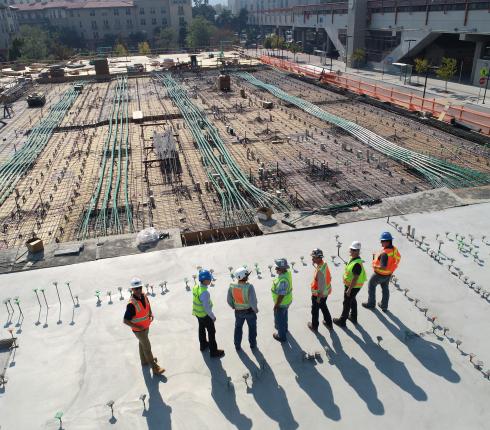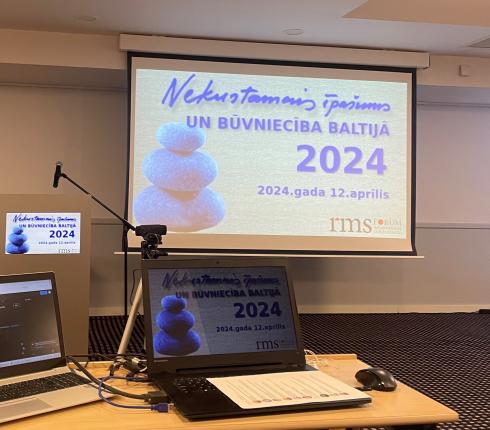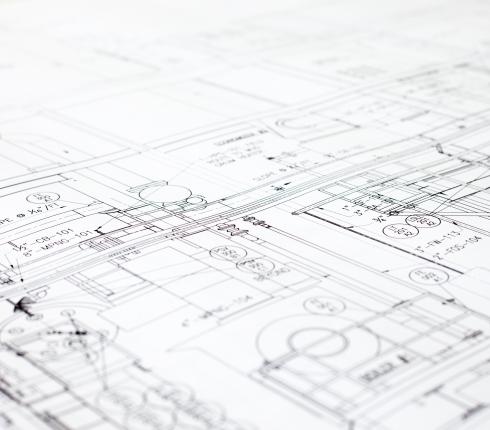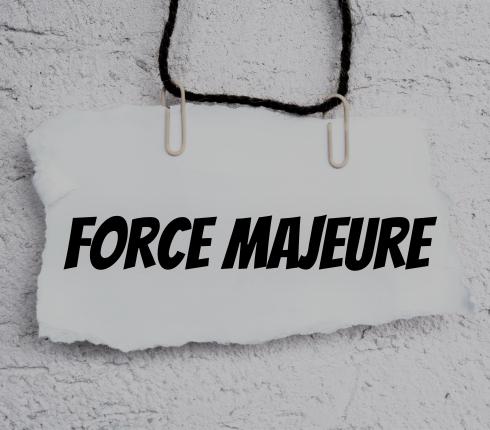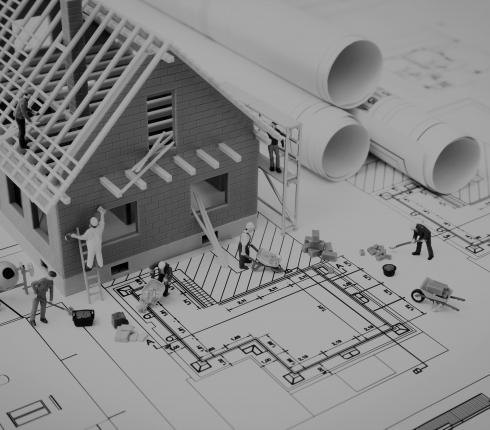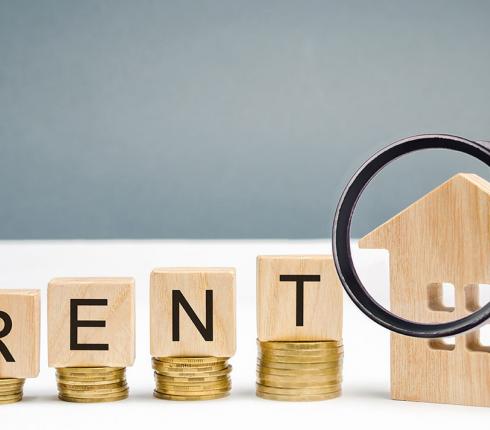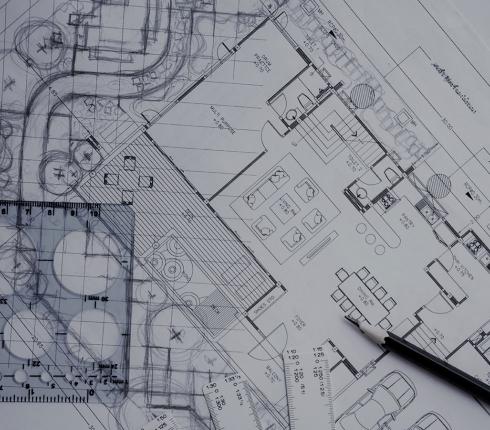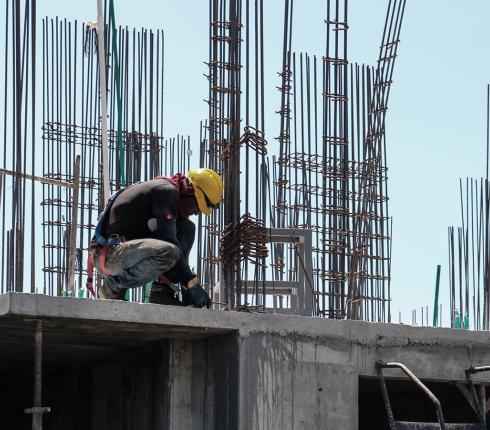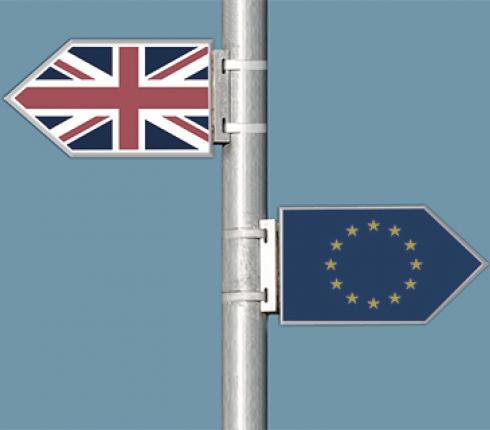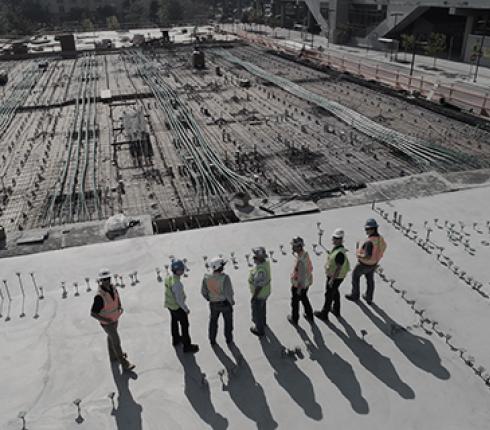NJORD Estonia: Real estate transaction using blockchain technology
Recently, it was announced that the Swedish national real property register Lantmäteriet officially started using blockchain technology to register land and real estate transactions. Blockchain can be used as a technical solution for real estate transactions and for carrying out the registration process of mortgages. With the help of blockchain technology, Sweden hopes to reduce the time between conclusion of a purchase and sale agreement for an immovable and registration of ownership from several months to a couple of days and the buyer and seller don’t even have to be in the same country at the time of the transaction.
Swedish system for concluding and registering real estate transactions differ from the Estonian system, because it is based on mutual trust between the parties of the transaction – real estate transactions can be concluded in an unattested written form and they don’t require an authentication by the notary. According to the Swedish real estate law, it’s sufficient to have a statement in the sale document, that says that the seller transfers the immovable to the buyer, and signatures from two witnesses. It’s possible to send the sales contract of an immovable by mail. The flaw in the Swedish system is the fact that when the contract is sent by mail, the registrar can never be completely sure that the persons who have signed the contract are actually the persons named in the contract or whether the signatures were given voluntarily.
The advantages of blockchain
Real estate is one of the most valued possessions a person can have, so the system that stores the data about the ownership and encumbrance of immovables must be secure, including being resistant to attacks and viruses. The main value of using blockchain is in the possibility to check large amounts of data quickly and regularly and to make sure that there haven’t been any malicious changes in the data. Swedes believe that blockchain will make concluding real estate transactions faster and more efficient, since the transactions won’t have a middleman (the registrar) and the system checks itself. It also helps ensure that entered data is correct and increases the possibility of discovering frauds. Swedes believe that through using this technology it will be possible to:
- eliminate the need to keep physical archives to store contracts and files;
- concentrate the data that entered to the land register more efficiently;
- ensure better safety for the users of the system;
- enables to make faster and more transparent transactions (it’s not possible to change the information entered to blockchain afterwards, which means that every change is fixed in a block that will be visible);
- enables to receive more information and data faster about the transaction;
- eliminate the possibility to dispose property simultaneously more than once.
The main difference of blockchain technology, when compared to other systems is that the information that’s stored there is very difficult to erase, meaning that information that has been entered to blockchain should theoretically stay there forever and can’t be altered. Regardless of the fact that blockchain technology has been called a tamper-proof solution, a theoretical risk of a possibility to manipulate data does exist.
Could blockchain technology be used for real estate transactions in Estonia?
Estonia is considered to be one of Europe’s most advanced blockchain users when it comes to providing public services. With its experience, advanced digital society and small size, Estonia is a great test platform for using blockchain technology. Blockchain technology has proven itself to be a reliable and dependable solution and increasingly more commercial and public institutions are testing possibilities for implementing this technology. In Estonia, Information System Authority (RIA) uses blockchain technology to ensure the evidential value of their system logs, Centre of Registers and Information Systems (RIK) uses it for administration of Riigi Teataja’s database and checking the patient data integrity in E-Health Foundation.
A question arises whether Estonia would benefit from using blockchain technology in real estate transactions or is the existing system good enough. On the one hand, Estonia uses e-Land Register to store data about all immovables in Estonia and the system has been deemed relatively safe and effective. Through an electronic Land Register, everyone can easily and quickly see information about an immovable – ownership, restrictions and encumbrances. When it comes to Estonia, it’s important to remember that, unlike the Swedish system, nearly all real-estate transactions must be authenticated by a notary. An Estonian notary has many functions, most important of which are the obligations of legal counselling and explaining. By explaining, the notary helps prevent reckless actions in real estate transactions and violating the rights and interests of persons with little legal knowledge. Notary identifies the identities of both transaction parties – whether the persons who arrive at the notary are who they say they are. It’s especially important to have real estate transactions authenticated by the notary, because notaries confirm that the transaction was made voluntarily. Notaries must refuse to notarize transactions if it turns out that one of the parties doesn’t have the necessary passive legal capacity, active legal capacity, capacity to exercise will or representative capacity. Estonian legislator has decided that all persons need protection, control and legal counselling when concluding a real estate transaction, that is provided by qualified lawyers and notaries.
Using blockchain technology in Estonia would not replace all the functions a notary has in real estate transactions. For example, so far, blockchain technology doesn’t allow to identify whether a person is capable and understands all consequences and risks involved with the transaction. Based on the social and economic situation in Estonia and taking into account the cases of real estate swindlers, it is not reasonable to eliminate notaries as control functions from real estate transactions that, for now, must be authenticated by the notary. We could consider whether blockchain could be used for transactions that don’t have to be notarized. That way we could find alternative uses for it in the field of lease and rental contracts, where it is important for the information to move quickly, directly and reliably. With the information entered into blockchain, the buyer of an immovable could see if the immovable is encumbered with a right of use. Also, the data in the blockchain could be synchronized with the Estonian Tax and Customs Board portal and the Estonian Land Register, which would make paying taxes much easier.
There is no need to make amendments in legislation before starting to use blockchain technology. Blockchain is a technology that offers technical solutions. In the European Union a principle of technology neutrality applies, which means that technology is simply an instrument that is used to fulfil requirements set by the legislator. Technologies may change in time, but it shouldn’t lead to amendments in the legislation every time. Although the technology meets the current needs and safety requirements, we must be flexible to substitute it for better solutions in the future.




